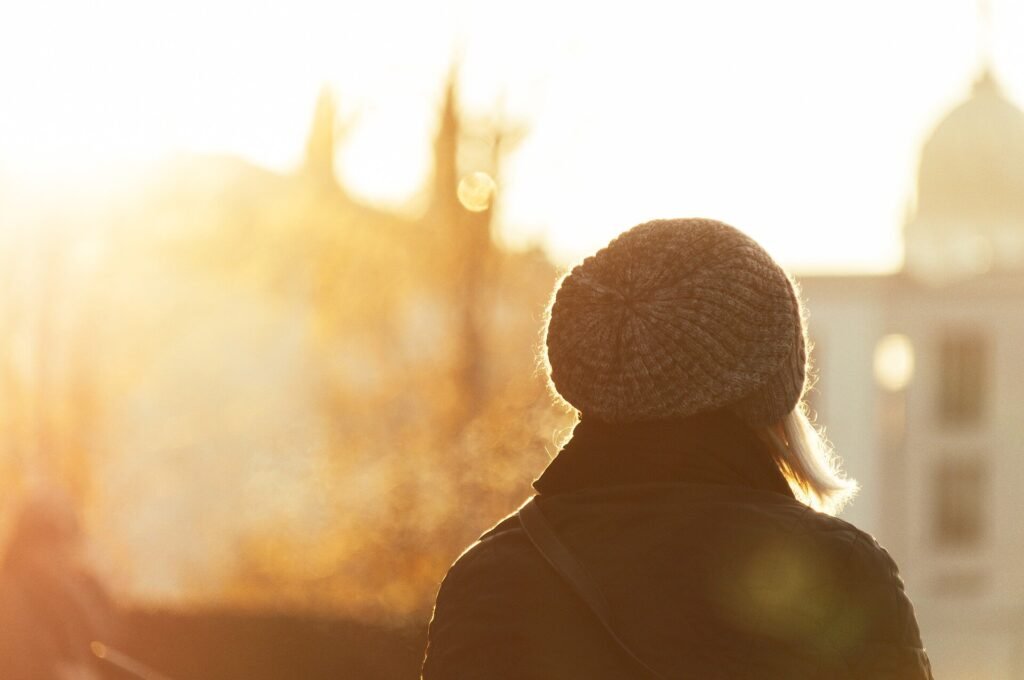As the winter season approaches, many people in the northern hemisphere face extended periods of darkness, leading to feelings of winter blues. However, there are ways to combat this and improve your overall health and well-being to prevent winter depression.
One of the main factors contributing to the lack of daylight during winter is the photoperiod, which refers to the number of hours of daylight at any given location. In regions like the Arctic Circle, the photoperiod can be significantly shorter or even non-existent during winter solstice.
Countries like Russia, Canada, northern U.S., and northern Europe experience limited sunlight during winter months, with cities such as Oslo, Stockholm, and Helsinki situated above 59 degrees north facing reduced daylight exposure. Factors like low sun angle, cloud cover, and indoor lifestyles further contribute to the lack of natural light.
To address the challenges of reduced daylight, it is essential to understand the impact of light on mood and overall well-being. Humans have a natural biological need for light, and inadequate exposure can lead to feelings of tiredness, depression, and disrupted sleep patterns.
Exposure to natural light helps regulate the body’s internal circadian rhythm, promoting better sleep and mood. Strategies like spending time outdoors, sitting near windows, and using artificial light sources can help mitigate the effects of reduced daylight during winter.
By incorporating light therapy lamps, maximizing outdoor exposure, and avoiding excessive artificial light at night, individuals living in northern regions can improve their light habits and combat the winter blues effectively.
Light and Mood
The connection between light exposure and mood is significant, with light playing a crucial role in regulating our internal rhythms and promoting overall well-being. Lack of daylight can lead to disruptions in sleep patterns and energy levels, similar to the effects of jetlag.
Individuals with a natural preference for staying up late (night owls) may benefit from increased exposure to natural light, as it can help regulate their circadian rhythm and promote an earlier bedtime. Light exposure influences alertness, mood, and metabolic health, highlighting the importance of maintaining a healthy light environment.
Hack Your Light Exposure
To optimize light exposure during winter, it is essential to prioritize spending time outdoors, even on cloudy days, and utilizing artificial light sources when indoors. Light therapy lamps, broad-spectrum LEDs, and light tracking apps can help individuals monitor and enhance their light exposure.
Avoiding excessive artificial light at night, especially blue light from electronic devices, can improve sleep quality and overall well-being. By making small adjustments to daily routines and environments, individuals can effectively manage the challenges of reduced daylight in winter.
This article is republished from The Conversation under a Creative Commons license. Read the original article.
![]()
Citation:
How to survive winter by hacking your light habits (2024, December 30)
retrieved 30 December 2024
from https://medicalxpress.com/news/2024-12-survive-winter-hacking-habits.html
This document is subject to copyright. Apart from any fair dealing for the purpose of private study or research, no
part may be reproduced without the written permission. The content is provided for information purposes only.


